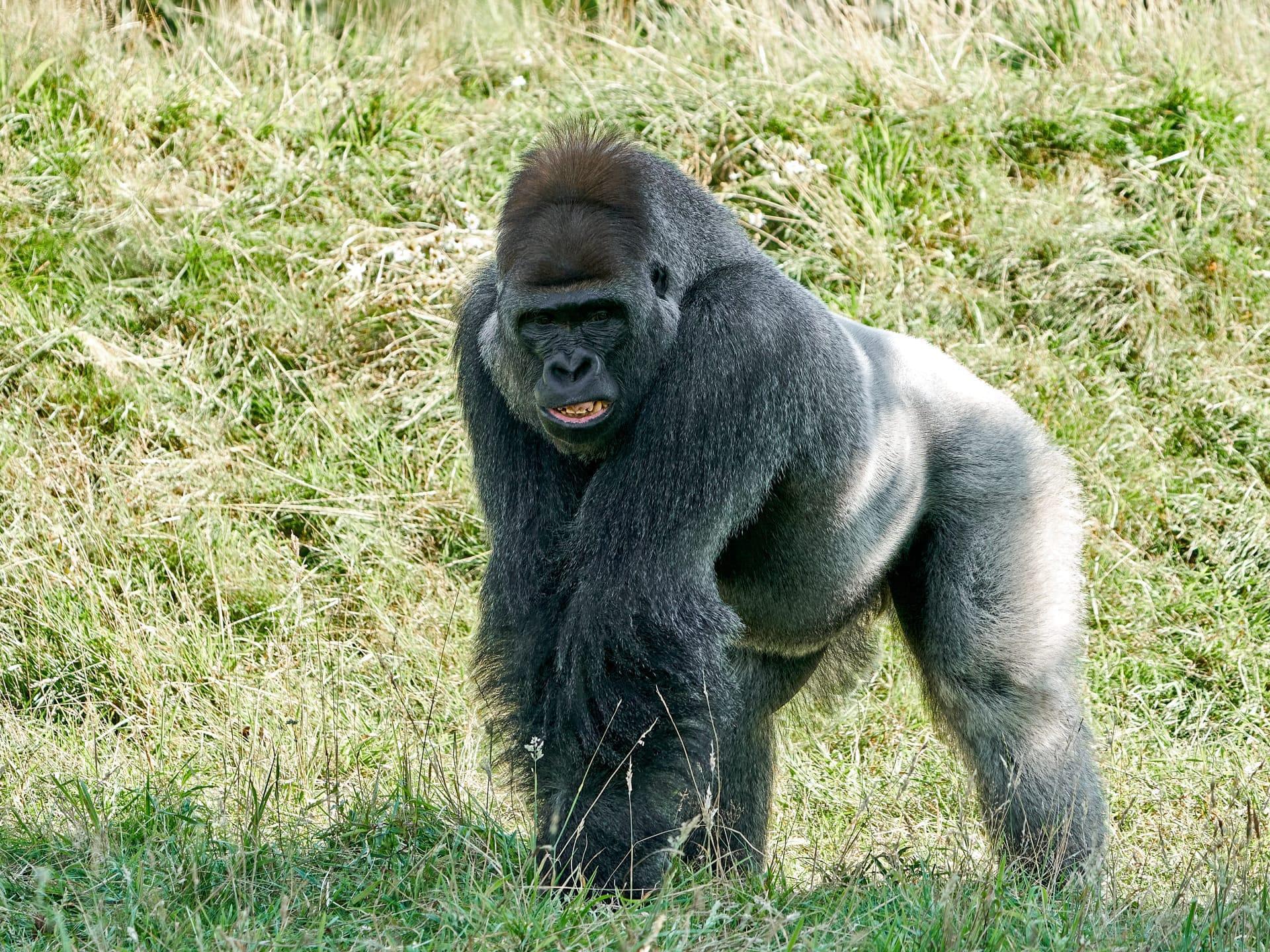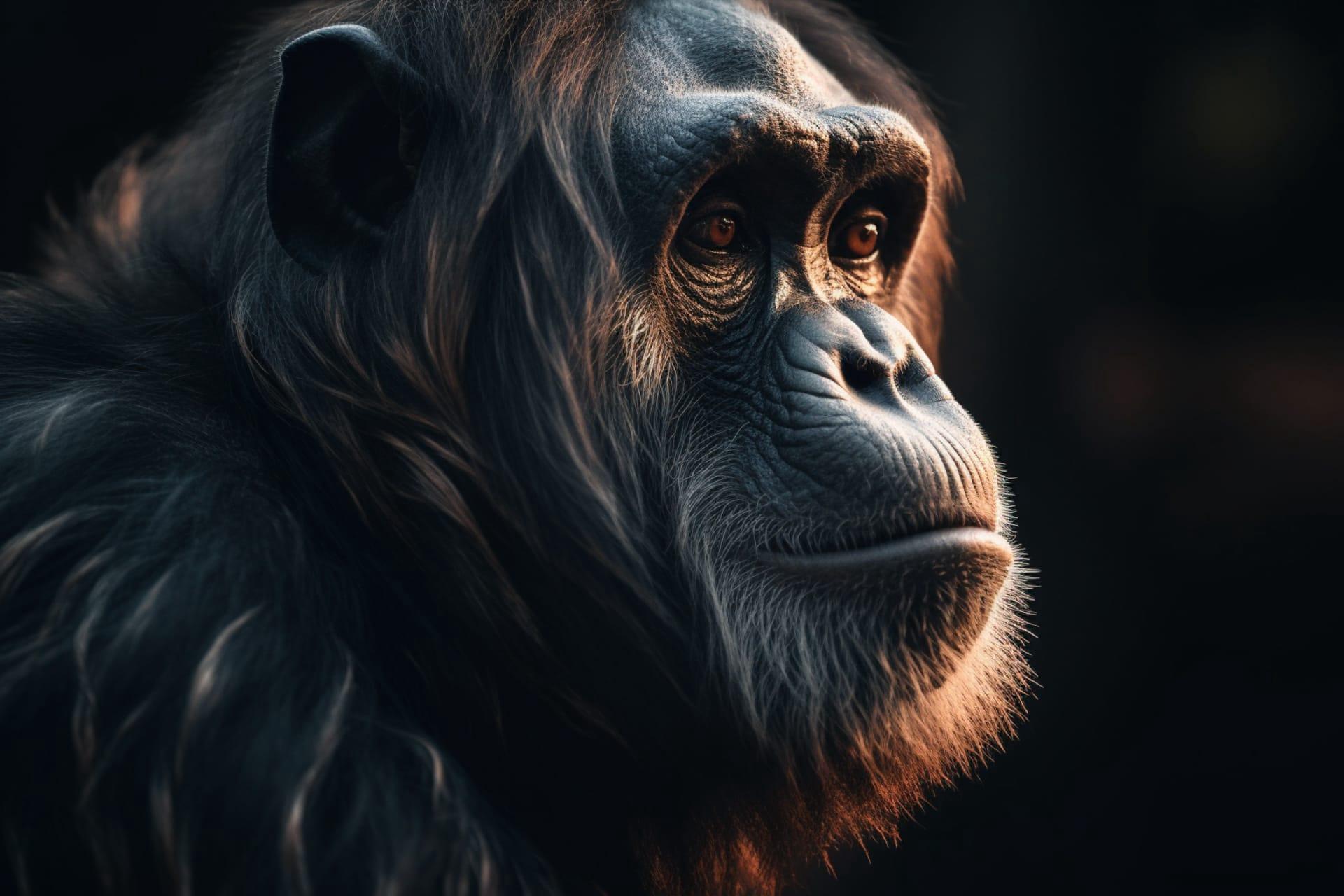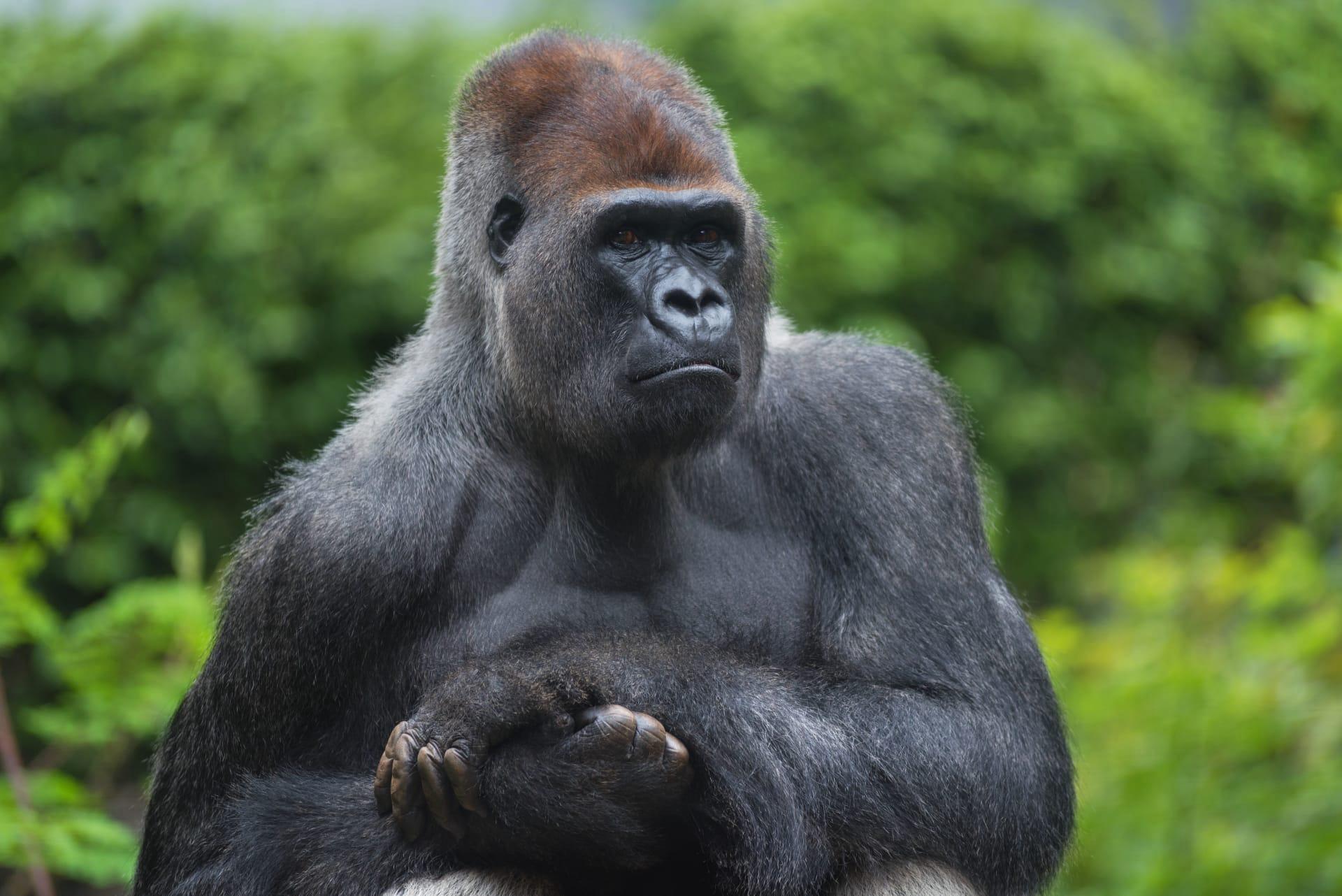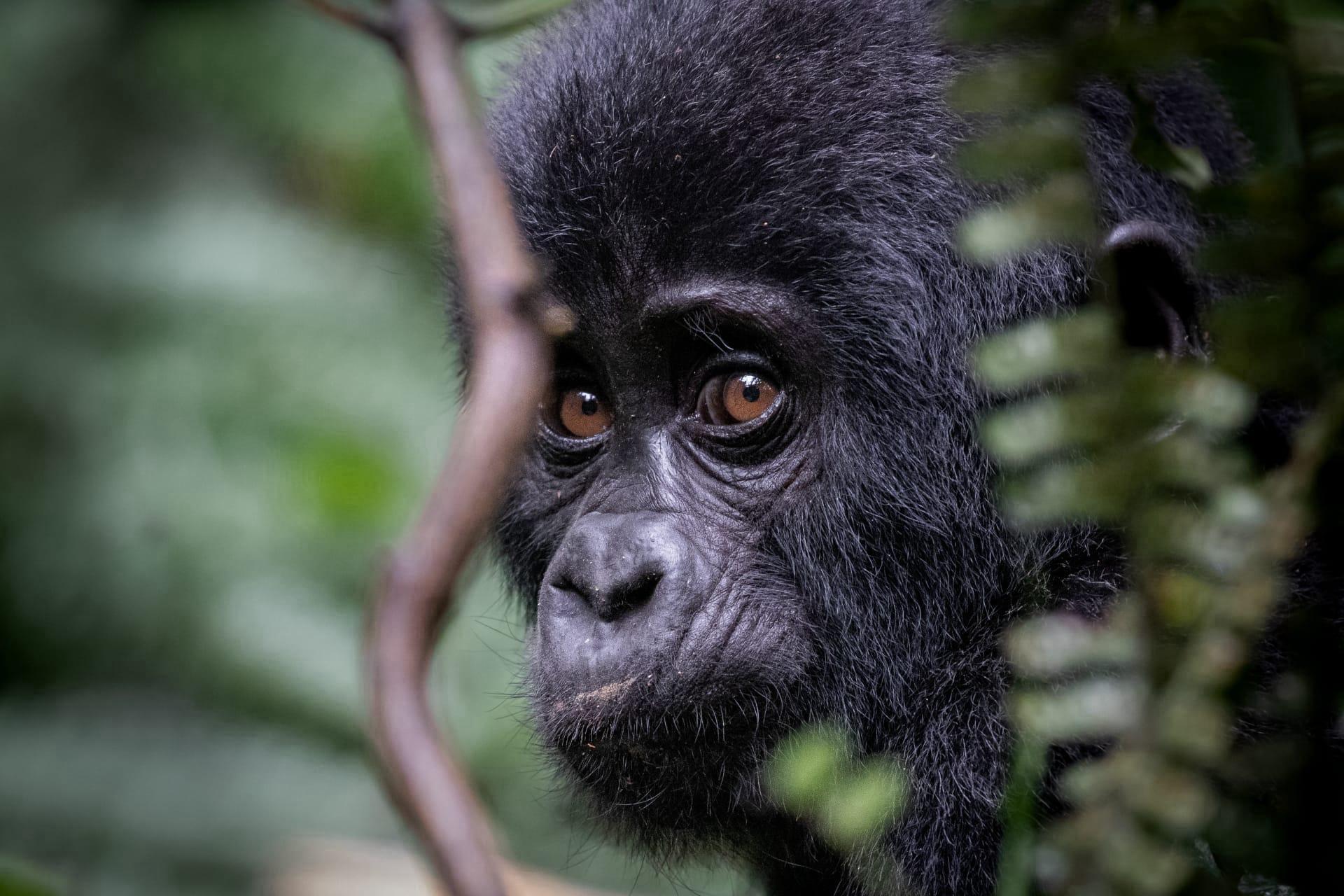Gorilla Trivia
- Home /
- Trivia Question /
- Animal /
- Gorilla Trivia
1
Question: How strong is a gorilla compared to humans?
Answer: Gorillas are incredibly strong, with the ability to lift up to 10 times their body weight. That's like an adult male gorilla, weighing around 400 pounds (about 181 kilograms), lifting up to 4,000 pounds (about 1,814 kilograms)! Their muscular arms and solid body structure contribute to this immense strength, far surpassing human capabilities.
Question: What do gorillas eat, and how much can they consume in a day?
Answer: Gorillas primarily eat a plant-based diet, munching on leaves, stems, fruit, and bamboo. An adult gorilla can consume up to 40 pounds (about 18 kilograms) of vegetation each day. This high-fiber diet is crucial for their digestive systems and overall health, reflecting their role as primary herbivores in their habitats.

2
Question: Are gorillas aggressive creatures as often portrayed in movies?
Answer: Contrary to popular belief, gorillas are generally peaceful and shy animals. They tend to avoid confrontation and display aggression only when threatened or protecting their family. Their social structure, led by a dominant male known as a silverback, emphasizes group harmony and care.
Question: Do gorillas have the ability to swim?
Answer: Despite their strength and adaptability, gorillas cannot swim naturally. Their dense muscle mass makes buoyancy a challenge. As a result, they typically avoid large bodies of water and are not known to engage in swimming behaviors.

3
Question: How do gorillas communicate with each other?
Answer: Gorillas use a combination of vocalizations, body language, and facial expressions to communicate. They have over 25 different sounds for various situations, including grunts, roars, and hoots. Non-vocal communication, like chest beating by silverbacks, is used to display dominance or attract mates.
Question: How long do gorillas live in the wild versus in captivity?
Answer: In the wild, gorillas can live up to 35-40 years, facing threats from predators and habitat loss. However, in captivity, with proper care and absence of natural threats, they can live longer, often reaching 50 years or more. This lifespan difference highlights the impact of environmental factors on their survival.

4
Question: Can gorillas use tools, and how do they demonstrate this ability?
Answer: Gorillas have shown the ability to use tools in the wild. They've been observed using sticks to measure water depth, branches to create bridges or retrieve distant objects, and leaves as sponges to absorb drinking water. These behaviors exhibit their problem-solving skills and cognitive abilities.
Question: What is the social structure of a gorilla group?
Answer: A gorilla group, known as a troop, is typically led by one dominant male silverback, who makes decisions and protects the group. The troop includes several females and their offspring. This structure fosters strong social bonds and cooperative care for the young, ensuring group stability and continuity.

5
Question: What are the different types of gorillas, and where are they found?
Answer: There are two species of gorillas: the Eastern Gorilla and the Western Gorilla, each with two subspecies. The Eastern Gorilla includes the Mountain Gorilla, found in the Virunga Mountains of Central Africa, and the Eastern Lowland Gorilla, found in the forests of the Democratic Republic of Congo. The Western Gorilla includes the Western Lowland Gorilla, found in Central and West Africa, and the Cross River Gorilla, located at the Cameroon-Nigeria border.
Question: How do gorillas contribute to their ecosystem?
Answer: Gorillas play a vital role in their ecosystem. As seed dispersers, their diet helps in the growth of vegetation. They also create clearings in dense forests, which allows sunlight to reach the forest floor, aiding in plant growth. This activity supports the overall health and diversity of the forest ecosystem.